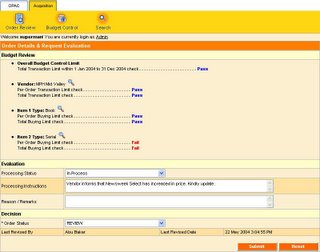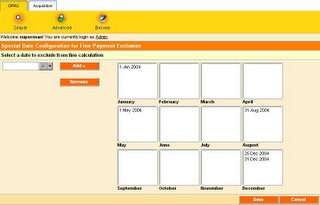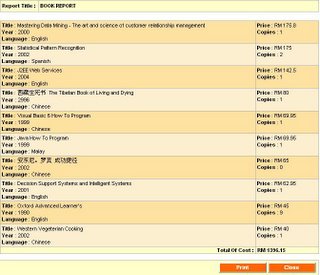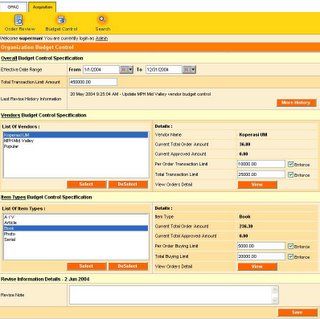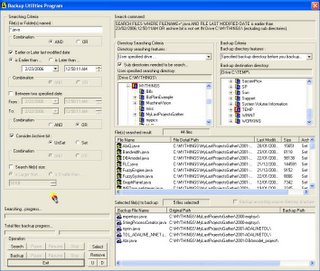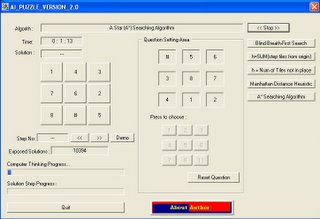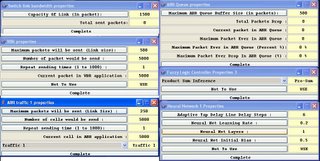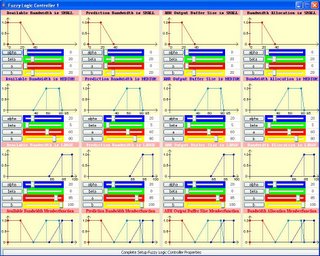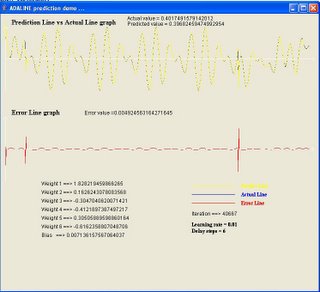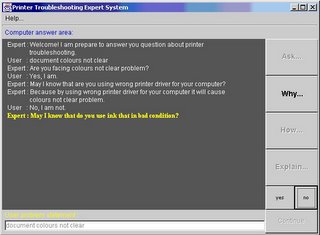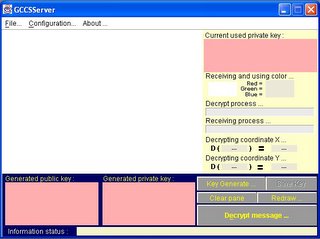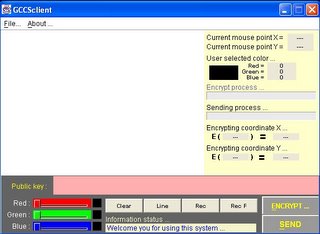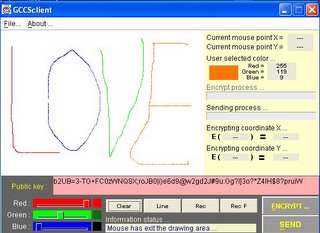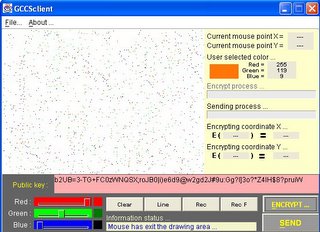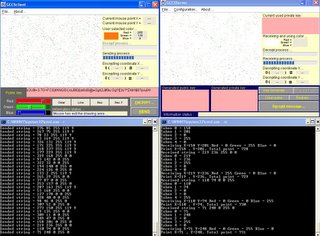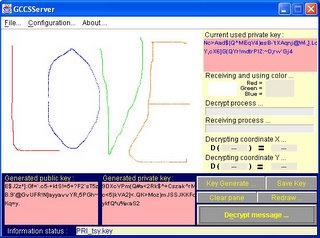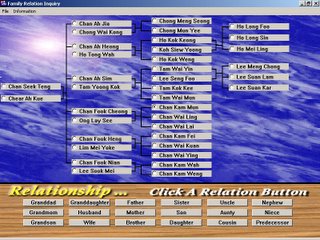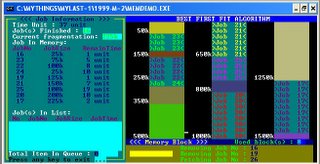Brochures : Download
LIBS Presentation: Download
OMMS Presentation: Download
More information needed? Contact: ahyeek@gmail.com
INFONERVETM is a web-based online library and knowledge management software solutions, aims to provide an ideal solution to transform your library into digital information portal.
- Fasten deployment and digitization to help transforming traditional libraries into digital multimedia virtual libraries.
- Empowering libraries to offer substantial information resources, allowing users to search, access and retrieve it in a seamless manner.
- Connecting people, libraries, and information at anywhere, anytime, 24 hours a day, 7 days a week.
- System access control to authorized users
- Configurable feature links to authorized users
- Patron account expiration reminder
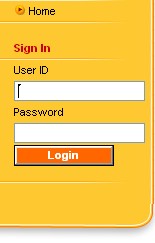
- Online/LAN access to library catalogue
- Web search
- Provide inquiry for item details and status
- Quick search – selected field searching
- Advanced search – boolean searching for combination of fields
- Browse search – alphabetical list of field heading searching
- Personalized search preference
- Staff/Patron mode search result
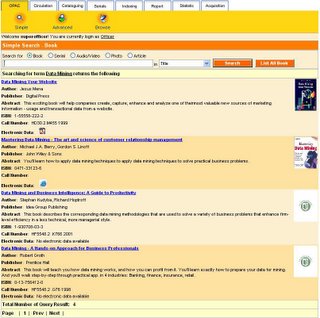
- Book
- Cover display
- Serial
- Cover display
- Photo
- Virtual gallery
- Audio/Video
- Media accessing
- Article
- Press cutting
- Journal indexing
- Multilingual
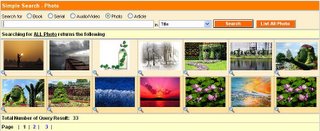
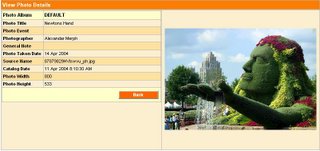
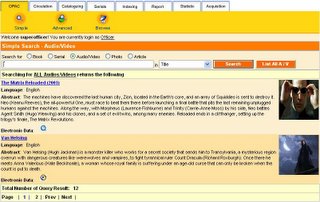
4) Circulation
- Book & Serial Circulation
- Loan
- Return
- Extend
- Reserve
- Patron current activities
- Patron transaction history
- Overdue warning
- Circulation limit control
- Fine payment management
- Fine limit control
- User-friendly circulation mode switching control
- Configurable circulation rules and regulation
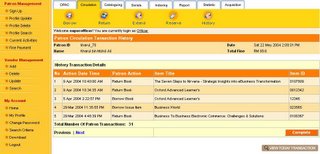
5) Self Circulation
- Allow patrons to perform circulation functions with restricted rules
- Self-checking current activities
- Self-revised transaction track records
- Catalog management
- Catalog item details
- Barcode-enabled
- Configurable cataloging fields selection
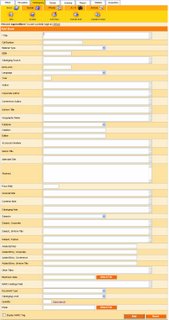
7) Serial Cataloguing
- Catalog management
- Catalog item details
- Barcode-enabled
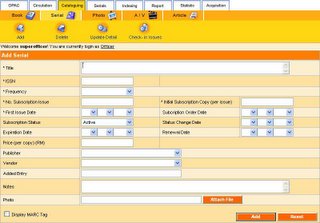
8) Periodical
- Allow check-in and check-out for serial subscription
- Prediction of subscription arrival date
- Incomplete/undelivered collection reminder
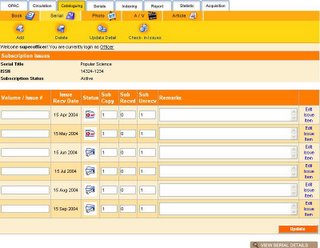
9) Photo Cataloguing
- Catalog management
- Catalog photo details
- Album collection
- Photo gallery
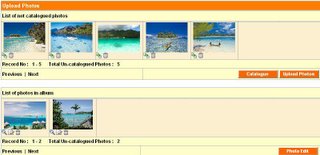
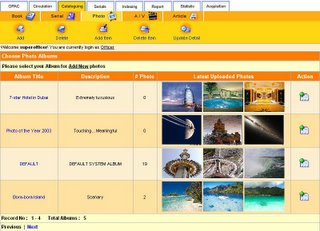
- Catalog management
- Catalog item details
- Media accessing
- Index article
- Direct link to source / periodical

12) Configuration
- Configure system access level/user type
- Configure circulation rules and regulation
- Configure cataloguing field options
- Configure web links
- Manage patron profile
- Add
- Delete
- Update
- Search
- User profile self-update
- Change password
- Personalized search result preference

15)Vendor Management
- Manage vendor profile
- Search vendor profile
- Integrated vendor expenses control
- Sign up / delete administrative user
- Manage administrative user profile
- Search administrative user profile
- Patron report
- Serial report
- Dynamic Boolean Book Printable Report
- Dynamic Circulation Book Printable Report
- Dynamic statistics report management
- Circulation statistics
- Patron centric
- Book centric
- Book statistics
- Advance printable 3D animated analysis graph
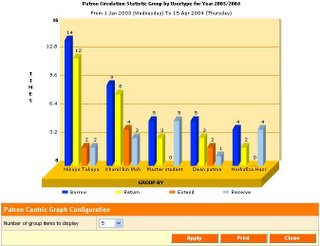

- Order / Wish List management
- Vendor / Materials budget control
- Auto evaluation engine
- Order search
